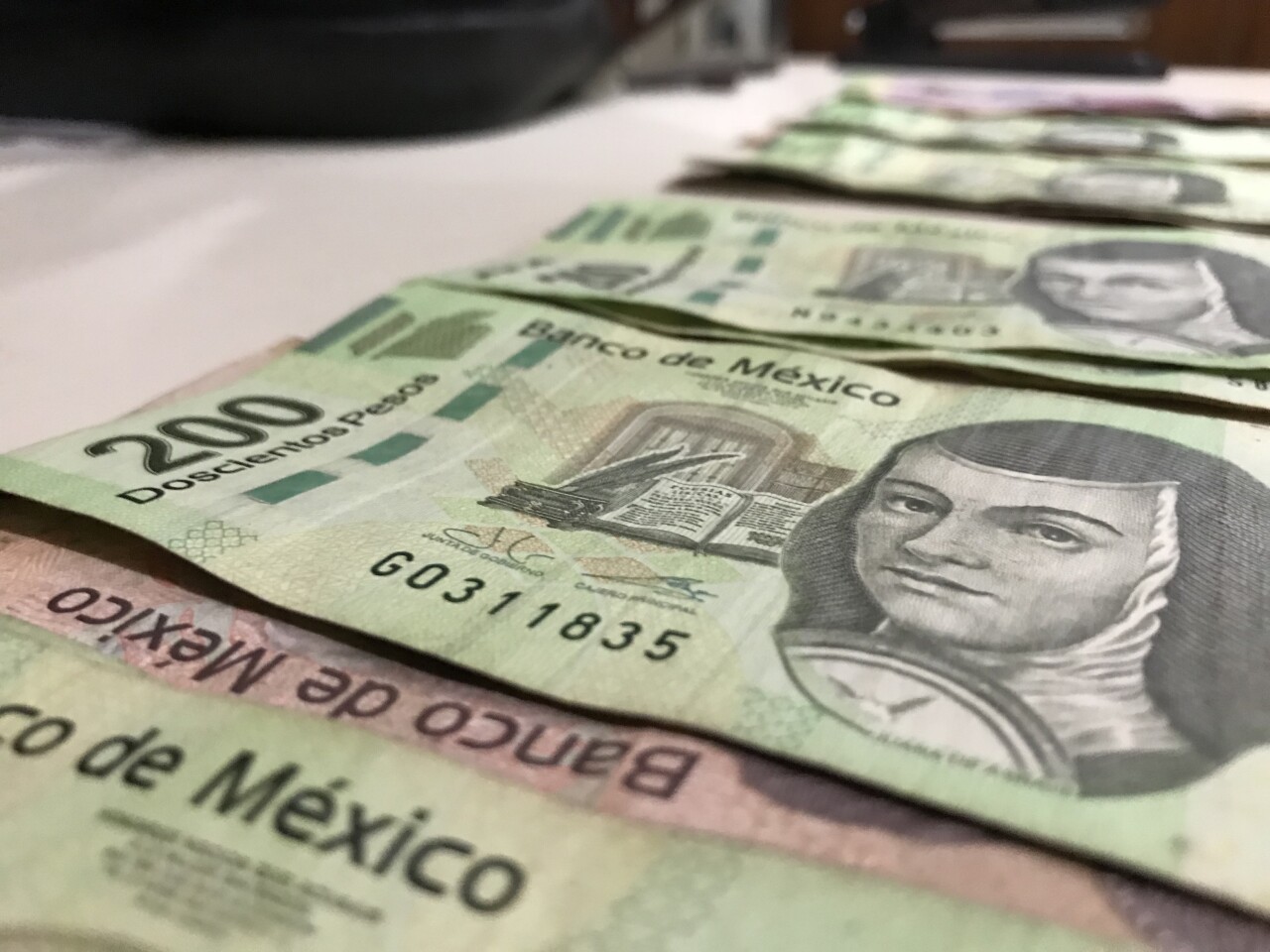The resources in the FEIP and the Income Stabilization Fund of the Federal Entities (FEIEF) report 25,482 million pesos and 21,377 million, respectively at the end of last September.
This amount is 40% higher than the same period in 2021, but it barely represents a tenth of what its maximum level was in 2018, the last year of the government of Enrique Peña Nieto with 246.690 million pesos.
In the case of the FEIEF, at the end of the third quarter of this year, it reported 21,377 million pesos, almost the same level reported at the end of 2021 with 21,368 million.
What is the FIP?
The Federal Budget and Treasury Responsibility Law (LFPRH) establishes the creation of the FEIP and FEIEF with the objective of having savings mechanisms in good times to face fiscal contingencies, in the event of sudden drops in budget income, contrary to what was approved by Congress for the fiscal year in question. These savings are generated when more income than programmed arrives at the public treasury after clearing shortfalls.
In the last 10 years, the FEIP has seen its highest and lowest income levels. In 2017 and 2018 it reached maximum levels; but when used to compensate for missing income in 2019 and 2020, it reached minimum levels.
Reform to the FEIP
In 2019 and 2020, the FEIP saved the lack of scheduled public revenue due to the decline in the economy and the effects of the pandemic, its recovery, which depends on the arrival of surplus public resources, oil or tax, has been slow from its biggest drop in 2020.
After the objective of expanding the sources of resources of this Fund, the federal government sent the proposal for a reform to the Federal Budget Law as part of the 2023 Economic Package. This has already been approved in the plenary session of the Chamber of Deputies, but must be analyzed and voted on in the Senate to enter into force.
The Senate will seriously review the minutes of the Chamber of Deputies to reform the federal budget law, which allows additional contributions to the Stabilization Fund.
The integrity and destination of the private savings of all will be guaranteed.– Ricardo Monreal A. (@RicardoMonrealA)
November 7, 2022
The objective of the reform to articles 21 and 23 of the budget law is to expand the sources of resources of the FEIP, through two ways: by savings in the financial cost of the public debt; and for making additional contributions to this fund during the fiscal year, consisting of financial assets.
According to the SHCP, the Center for Public Finance Studies (CEFP) concluded that the approval of the initiative would not have a budgetary impact for the federal treasury, since it only establishes a mechanism to strengthen the FEIP.
Are IMSS or ISSSTE funds at risk?
However, the lack of precision as to what the term “financial assets” refers to has sparked warnings.
“This initiative aims to lay hands on the nation’s financial assets. And there are the pension funds and bonds, the housing funds, the Infonavit funds, the Fovissste funds, the savings funds of all Mexicans who, at this time, want to use again because they have not had a correct economic policy in our country”, said the PAN deputy, Héctor Saúl Téllez Hernández, during the discussion and vote on this reform last Friday.
In accordance with the transitory articles in the ruling, within 90 calendar days after the reform comes into force, the Federal Executive must carry out the necessary reforms to the Regulations of the Budget Law in accordance with the provisions of the Decree.
Last Sunday, the Treasury denied that pension or Infonavit resources were going to be taken to strengthen the FEIP.
“Retirement savings funds, IMSS reserves, ISSSTE, Infonavit, pension bonds and Siefores shares do not apply to this law, since these resources are covered by the purposes provided in the legislation corresponding to these entities, and the The modification only includes the use of federal government assets,” the agency reported in a press release.
And the FEIEF?
PRD legislators consider that the sources of income of the FEIEF should also be expanded, so they presented a reservation to include this fund in the proposal, but this was rejected.














